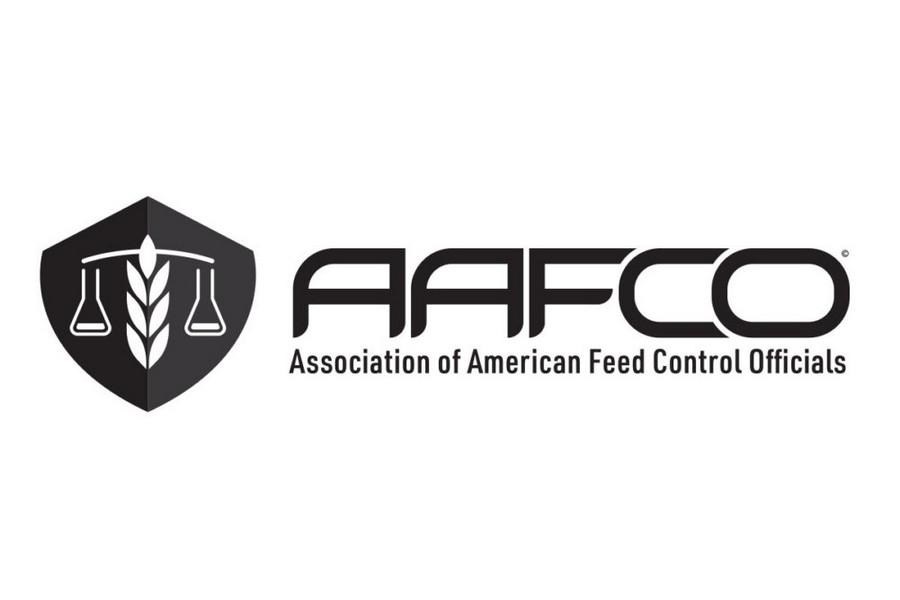In this article we will tell you all about this component that can put the health of both humans and animals at risk.
What is acrylamide?
Acrylamide is an organic compound of the amide type. It`s formed in foods that contain starch during cooking or processing at high temperatures (frying, roasting,) and during industrial processes at 120ºC and at low humidity.
This substance is generated by a natural chemical reaction, mainly between an intact carbonyl group reducing sugar and amino acids (asparagine, in most cases). The causative chemical process is known as the Maillard reaction, and it produces a color and aroma that are organoleptically palatable. It can be absorbed by animals and humans by ingestion, inhalation or through the skin. Regardless of the route of absorption, acrylamide distributes relatively rapidly to all tissues.
What is the risk of consuming it?
The main risk of acrylamide is that if an animal consumes it in very high doses, it can develop cancer.
When ingested, the gastrointestinal tract absorbs acrylamide, which is distributed to all organs and is metabolized. From this process, glycidamide arises, a metabolite that, in animals, can cause the development of cancer. In studies carried out in laboratory animals, it was found that those exposed to acrylamide orally are more likely to develop genetic mutations and tumors in the mammary glands, testes, thyroid glands, harder and mammary glands, lungs, ovaries, skin and stomach, depending on the species. In addition, exposure to acrylamide can cause harmful effects on the nervous system, pre- and postnatal development, and male reproduction.
How did we reach to this conclusion?
In the case of humans, and although it is true that there is no consistent epidemiological evidence about its effect in increasing the chances of contracting cancer, both the US National Toxicology Program and the Joint Committee of Experts on Food Additives of the Food and Agriculture Organization consider acrylamide to be a problem for human health.
Between 2011 and 2015, the FDA collected approximately 2,500 individual samples of human food products to study their acrylamide levels. These had characteristics similar to dry pet food, such as its ingredients, including grains and potatoes.
- Bakery products: between 10 and 70 ppb.
- Cereal-based foods: from less than 10 ppb to 1210 ppb.
- Potato-based foods: between less than 10 and up to 1,440 ppb.
Lauren Robin, a chemist at the FDA, states that 'acrylamide is a chemical that can form in some foods, mainly those of plant origin, during the high temperature cooking process, such as frying or baking. Some foods affected by this component are potatoes, cereals, coffee, crackers or breads and nuts'.
For its part, in the case of animals, in 2012 a study was conducted in the Czech Republic in which acrylamide levels were examined in dry food for dogs and cats, and it was found that the concentration of this compound in pet food analyzed was of a moderate level.
The dry dog foods analyzed in this study yielded an acrylamide level of between 106 and 358 ppb. Pet food for cats, for its part, presented a level of between 66 and 269 ppb.
But what does "moderate" mean? Is there a 'tolerable dose' for acrylamide? Acrylamide and its metabolite, glycidamide, are genotoxic and carcinogenic. Any level of exposure to a genotoxic substance can damage DNA and lead to cancer.
This is why EFSA scientists conclude that they cannot establish a tolerable daily intake for acrylamide.
Now, is there something we can do from the industry to prevent high levels of acrylamide in pet food?
As a first measure, we must take into account or analyze the possibility of replacing, at least, a percentage of the amount of ingredients prone to increase acrylamide levels in the final product, such as potatoes and nuts.
For its part, the FDA states that acrylamide production could be reduced by reducing the cooking time of foods. It is not yet known whether dehydrated and / or lyophilized pet foods using similar ingredients have the same or close to acrylamide levels as dry food. However, raw foods do have lower levels of acrylamide.
Some scientists claim that a good alternative is the use of the absorption pulse differential voltammetry procedure for the determination and quantification of the acrylamide content in food and feed. In short, voltammetry is an electrochemical technique in which a certain electrical potential is applied to a working electrode immersed in a solution containing an electroactive species and the intensity of current flowing through said electrode is measured.
In acrylamide measurement and calculation test studies, both in dry food for dogs and cats, they demostrated that the method has adequate precision to be used, which ranged between 0.6 and 1.7%, a variation that can be considered satisfactory.
In conclusion
Even today, there is a lack of data and studies on the effects of acrylamide levels in dry food for dogs and cats. The voltammetric procedure appears to be one of the most reliable, sensitive, rapid, and low-cost analytical techniques to date for determining acrylamide levels in food.
Another option to start looking more closely at acrylamide levels is to perform acrylamide tests on each batch or on a regular basis to make sure not to touch high levels of this component and to keep it at a moderate level and not harmful to pets.
The concentrations found in the pet food studies were relatively moderate compared to those in human food. However, there is no doubt that it is extremely necessary to pay special attention to this relatively new, carcinogenic and genotoxic component, to ensure that we reduce its intake to the smallest amount possible to care for each and every one of the pets that make success and sustainability of the industry.
Have you ever heard about this compound?
Share your opinion!
Source: All Pet Food
You could be interested: Pet supplements on the rise
About author
María Candelaria CarbajoTranslator and editor. I collaborate with businesses and purposeful projects that want to improve their written communication, transmit their differential values, and connect with their audience. I enjoy teamwork and joining forces, experiences, and knowledge to bring to the world all the potential of businesses that seek to make an impact with their services, products, or experiences.
Publisher Contents
Micro Ingredients




 5.0
5.0
28/06/2023














































